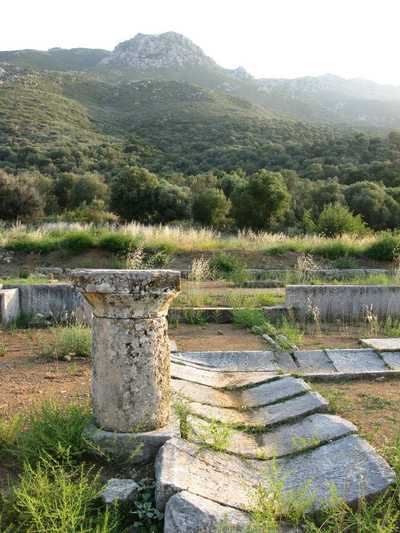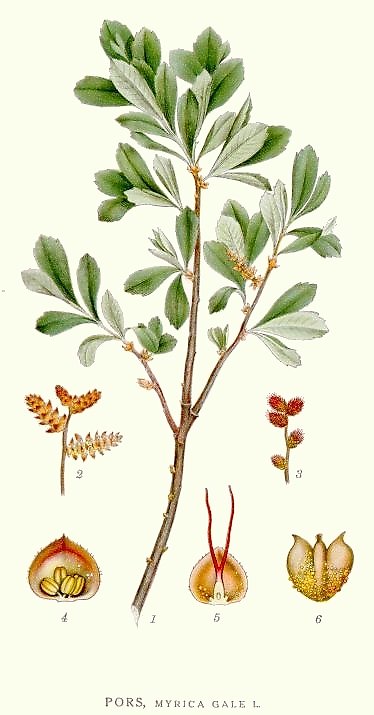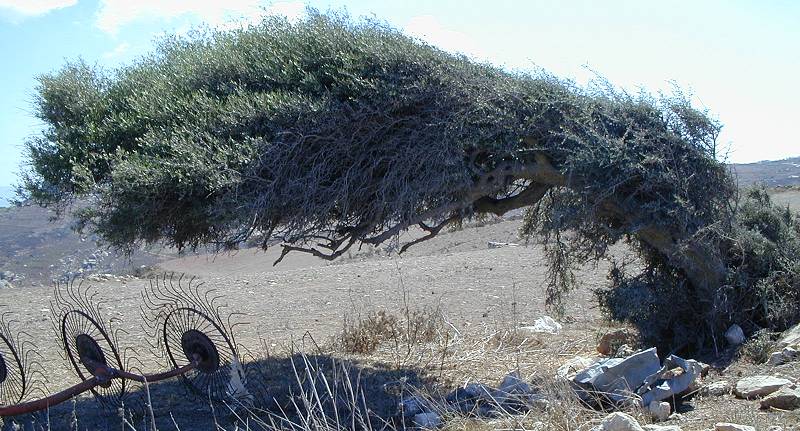July 09, 2009
The Hitchhiker's Guide to Trezene
Pausanias was a Greek writer in the 2nd century AD. His Description of Greece is a ten-book-long travelogue of historical and cultural sites in the Peloponnese and central Greece. His verbal snapshots of the temples and shrines in the region, and his discussions of local myth and cult practice, provide a crucial link between classical literature and modern archaeology.

Here's what Pausanias had to say about the real-life location where our play is set: Troezen (in French, Trézène). See if you can spot a reference to the hero of an even more famous Greek tragedy...
After the sanctuary of Asclepius, as you go by this way towards the Acropolis, there is a temple of Themis. Before it is raised a sepulchral mound to Hippolytus. The end of his life, they say, came from curses. Everybody, even a foreigner who has learnt Greek, knows about the love of Phaedra and the wickedness the nurse dared commit to serve her. The Troezenians too have a grave of Hippolytus, and their legend about it is this.When Theseus was about to marry Phaedra, not wishing, should he have children, Hippolytus either to be their subject or to be king in their stead, sent him to Pittheus to be brought up and to be the future king of Troezen. Afterwards Pallas and his sons rebelled against Theseus. After putting them to death he went to Troezen for purification, and Phaedra first saw Hippolytus there. Falling in love with him she contrived the plot for his death....
Near the theater a temple of Artemis Lycea ("Wolfish") was made by Hippolytus. About this surname I could learn nothing from the local guides, but I gathered that either Hippolytus destroyed wolves that were ravaging the land of Troezen, or else that Lycea is a surname of Artemis among the Amazons, from whom he was descended through his mother. Perhaps there may be another explanation that I am unaware of. The stone in front of the temple, called the Sacred Stone, they say is that on which nine men of Troezen once purified Orestes from the stain of matricide....
To Hippolytus, the son of Theseus, is devoted a very famous precinct, in which is a temple with an old image. Diomedes, they say, made these, and, moreover, was the first to sacrifice to Hippolytus. The Troezenians have a priest of Hippolytus, who holds his sacred office for life, and annual sacrifices have been established. They also observe the following custom. Every maiden before marriage cuts off a lock [of hair] for Hippolytus, and, having cut it, she brings it to the temple and dedicates it. They will not have it that he was dragged to death by his horses, and, though they know his grave, they do not show it. But they believe that what is called the Charioteer in the sky is the Hippolytus of the legend, such being the honor he enjoys from the gods....
The Troezenians have a myrtle with every one of its leaves pierced; they say that it did not grow originally in this fashion, the holes being due to Phaedra's disgust with love and to the pin which she wore in her hair....

In the other part of the enclosure is a race-course called that of Hippolytus, and above it a temple of Aphrodite Spy. For from here, whenever Hippolytus practiced his exercises, Phaedra, who was in love with him, used to gaze upon him. Here there still grew the myrtle, with its leaves, as I have described above, pierced with holes. When Phaedra was in despair and could find no relief for her passion, she used to vent her spleen upon the leaves of this myrtle....As you make your way to the Psiphaean Sea you see a wild olive growing, which they call the Bent Rhacos. The Troezenians call rhacos every kind of barren olive – cotinos, phylia, or elaios – and this tree they call Bent because it was when the reins caught in it that the chariot of Hippolytus was upset.
